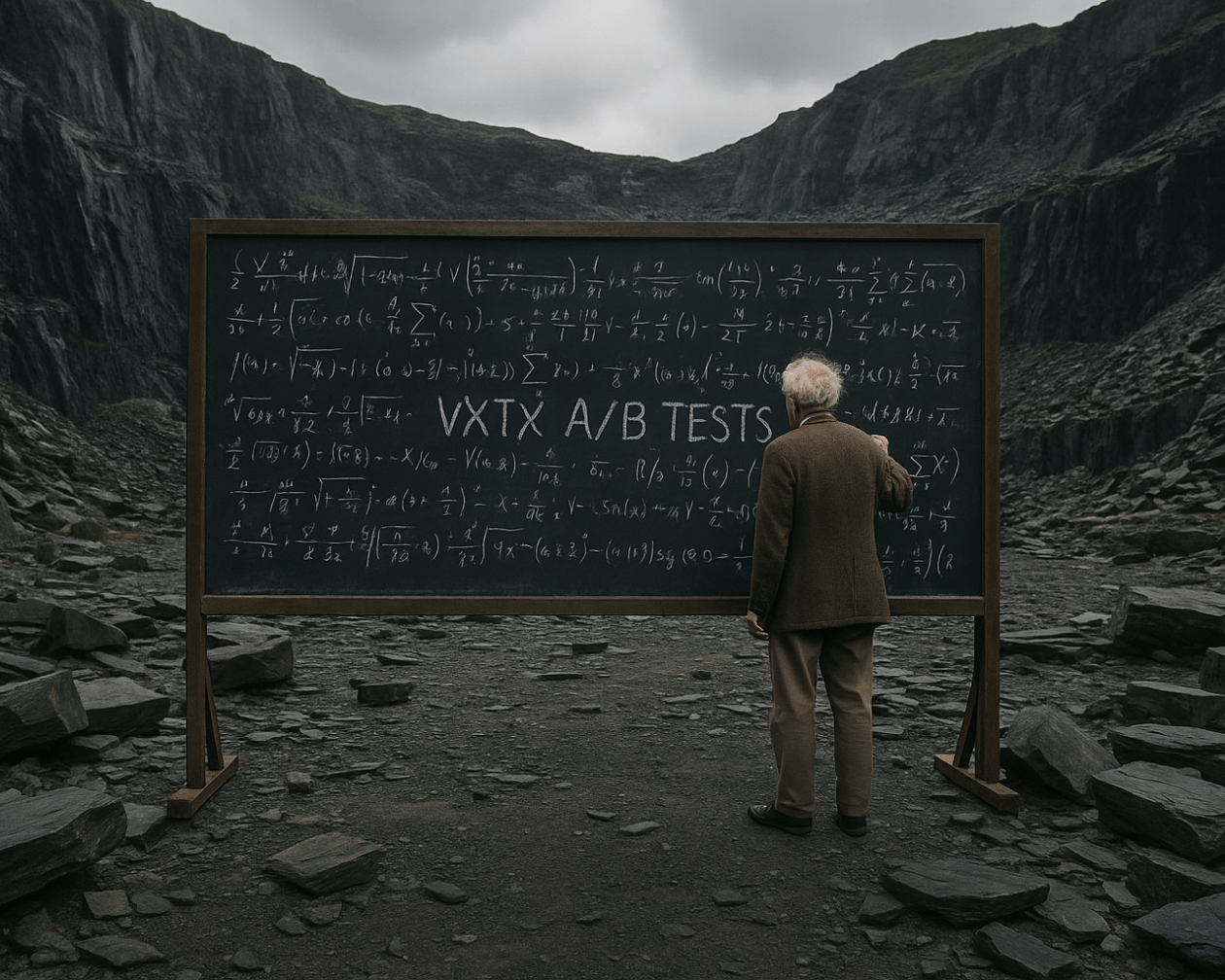Meta’s AI Advertising Revolution: What Full Automation by 2026 Means for Marketers
Meta is automating ad creation, targeting and optimisation by 2026 – powered by AI. This guide breaks down what’s coming, how it works, and what marketers, agencies and brands must do now to stay in control.

Performance Marketing
Meta Ads
Meta's AI Advertising Plan: What Marketers Need to Know for 2026
Meta plans to fully automate advertising by the end of 2026. This includes using AI to generate ad creatives, target audiences, allocate budget and optimise performance across Facebook and Instagram. Marketers will input a goal and budget – the AI will handle the rest. Here's how the rollout works, what tools power it, and what you should do now to prepare.
Source: Meta aims to fully automate advertising with AI by 2026 – Reuters
"Whilst I don't think the adoption of the tech will be as quick as this, I do believe that it will really shake things up when it comes to agencies running ads for businesses. Espeically smaller businesses that feel that they will get a better ROAS with no percieved agency costs added to their campaign."
What is Meta's plan to automate advertising by 2026?
Meta's vision is a "goal-only" ad system. You set an objective (e.g. website sales), input a URL or image, and the AI builds and runs your entire campaign.
Key AI components:
- Generative creative tools (images, text, video) via AI Sandbox
- Meta Lattice, a model trained on trillions of ad signals
- Advantage+ automation, replacing manual bidding and targeting
This reduces time-to-launch and lets SMEs run campaigns like pros.
How does Meta Lattice improve ad targeting?
Meta Lattice is a next-gen machine learning architecture trained on enormous behavioural and conversion data.
It enables:
- Smarter audience discovery without preset targeting
- Conversion-focused delivery even with minimal data
- Cross-signal learning across Meta apps
Source: Meta Lattice announcement – Meta AI
What tools has Meta launched so far?
Meta has already rolled out core components:
Since 2023:
- AI Sandbox for ad copy variants, auto background generation, dynamic resizing
- Advantage+ Campaigns for automated placements and bidding
Meta claims Advantage+ Shopping drives +22 % ROAS vs manual setups.
2024 focus: Global availability of generative tools in Ads Manager
What will AI-generated ads look like?
Meta's AI can now:
- Create image and text combinations from prompts
- Tailor ad visuals to weather, season or user location
- Generate short-form video from templates
Future capability: Entire ads auto-generated per user, in real-time.
What are the risks of fully automated ads?
How does Meta's AI compare to Google and TikTok?
Related reading: Google Performance Max Overview
Timeline: Meta's Ad Automation Rollout
2022 – Launch of Advantage+ campaigns
2023 – AI Sandbox debuts, early generative tools tested
2024 – Global rollout of generative creative via Ads Manager
2025 – Confirmation of 2026 target, Alpha of "goal-only" campaigns
2026 – End-to-end AI ad creation fully available
What should marketers do in 2025 to prepare?
- Pilot Advantage+ and AI Sandbox at 10–15 % of spend
- Write a prompt guide (tone, colours, do/don't lists)
- Install Meta’s Conversions API for first-party data flow
- Train teams in AI prompting, analytics and QA workflows
- Monitor FTC and EU guidance on AI ad disclosures
Ready to see how AI fits your ad strategy?
VXTX is already helping brands pilot Meta’s AI stack. Book your complimentary strategy call to uncover opportunities and avoid mistakes in the 2026 rollout.
BLOG FAQ SECTION
If it wasn't answered above it might be here, if not, contact us and we can break it down for you!
How does Meta Lattice improve ad targeting?
Meta Lattice is a next-generation machine-learning architecture trained on trillions of signals from across Meta’s apps. It enables smarter audience discovery without preset segments, conversion-focused delivery even with minimal first-party data, and cross-signal learning that leverages behaviors on Facebook, Instagram, Messenger, and beyond.
What will AI-generated meta ads look like?
Today, Meta’s AI can combine images and text from simple prompts, tailor visuals to real-world contexts (for example weather or location), and spin up short-form video templates. The roadmap calls for fully personalised ads generated in real time for each individual user, blending creative, copy, and targeting automatically.
What are the risks of fully automated ads?
Fully AI-driven campaigns carry potential downsides: reduced transparency into why budgets are allocated a certain way; risk of off-brand or inappropriate creative without human review; creative homogenization if everyone uses the same AI templates; and heightened compliance or privacy concerns when AI relies heavily on user data.
How can marketers prepare for AI meta ads?
Marketers should pilot Advantage+ and AI Sandbox on 10–15 percent of their ad spend, develop prompt-guidelines (tone, brand colors, do/don’t lists), install Meta’s Conversions API for reliable first-party data, train teams in AI prompting and analytics, and stay abreast of FTC and EU rules on AI-driven ad disclosures.
What is the minimum budget for Meta Advantage+ campaigns?
Meta does not enforce a hard minimum spend for Advantage+ campaigns, but it recommends starting at least £5–10 per day to give the AI enough data to learn. Lower budgets may lead to slower performance improvements. As the campaign runs, the AI’s learning accelerates with more data, so gradually scaling your budget can unlock stronger optimization.






.svg)

.svg)